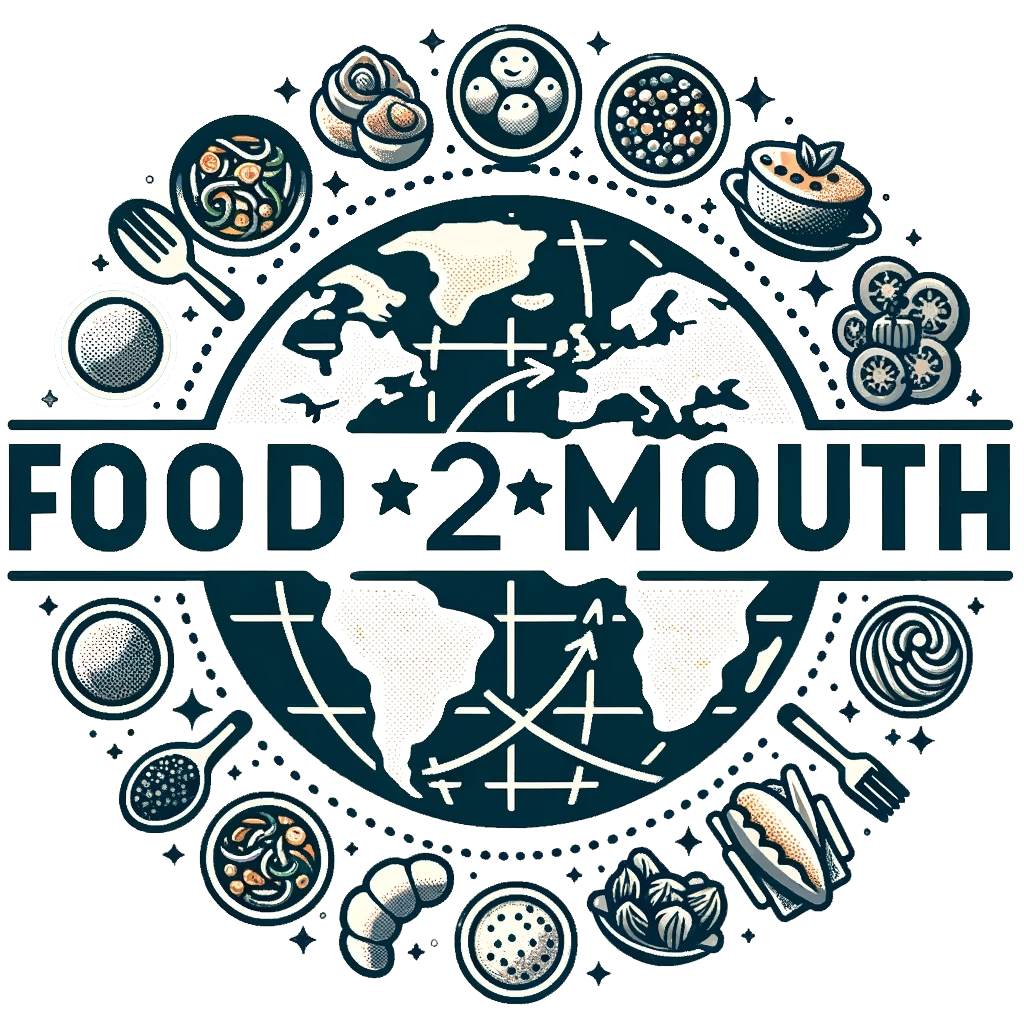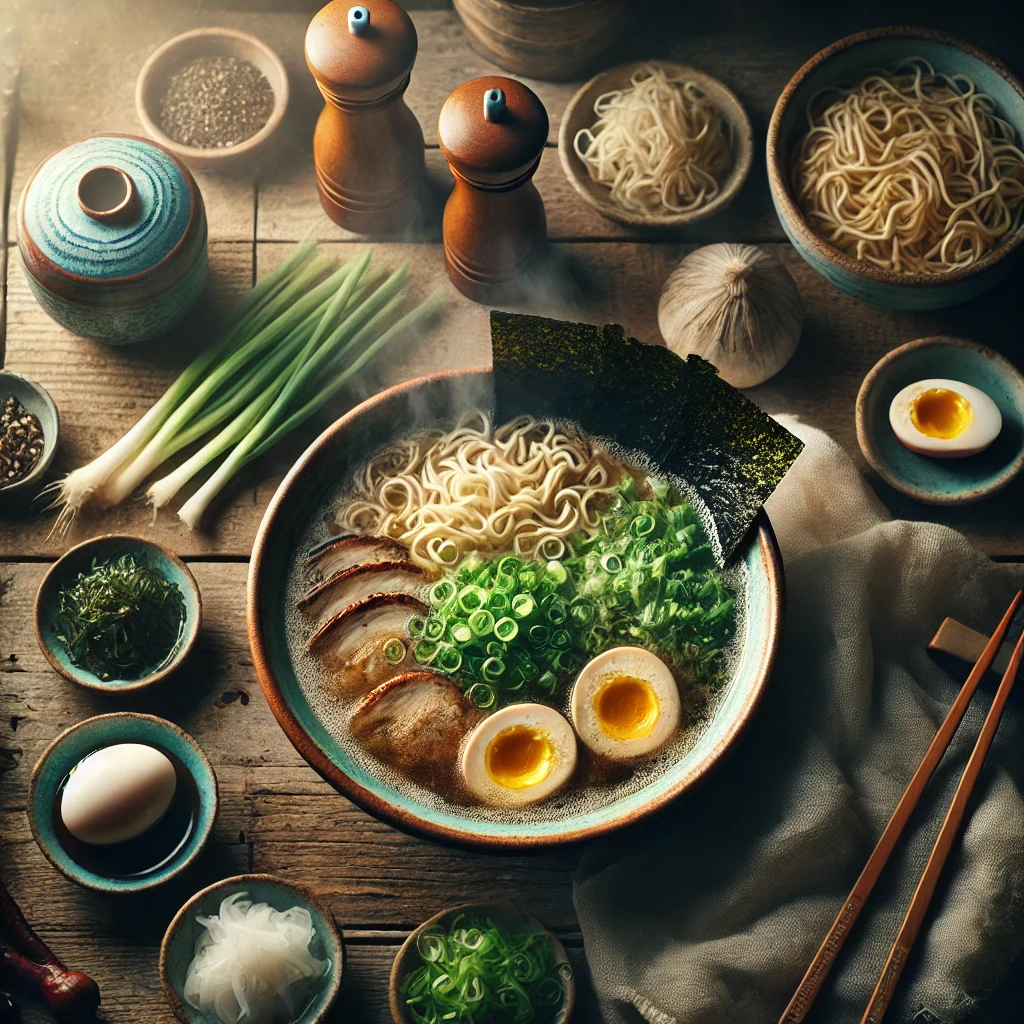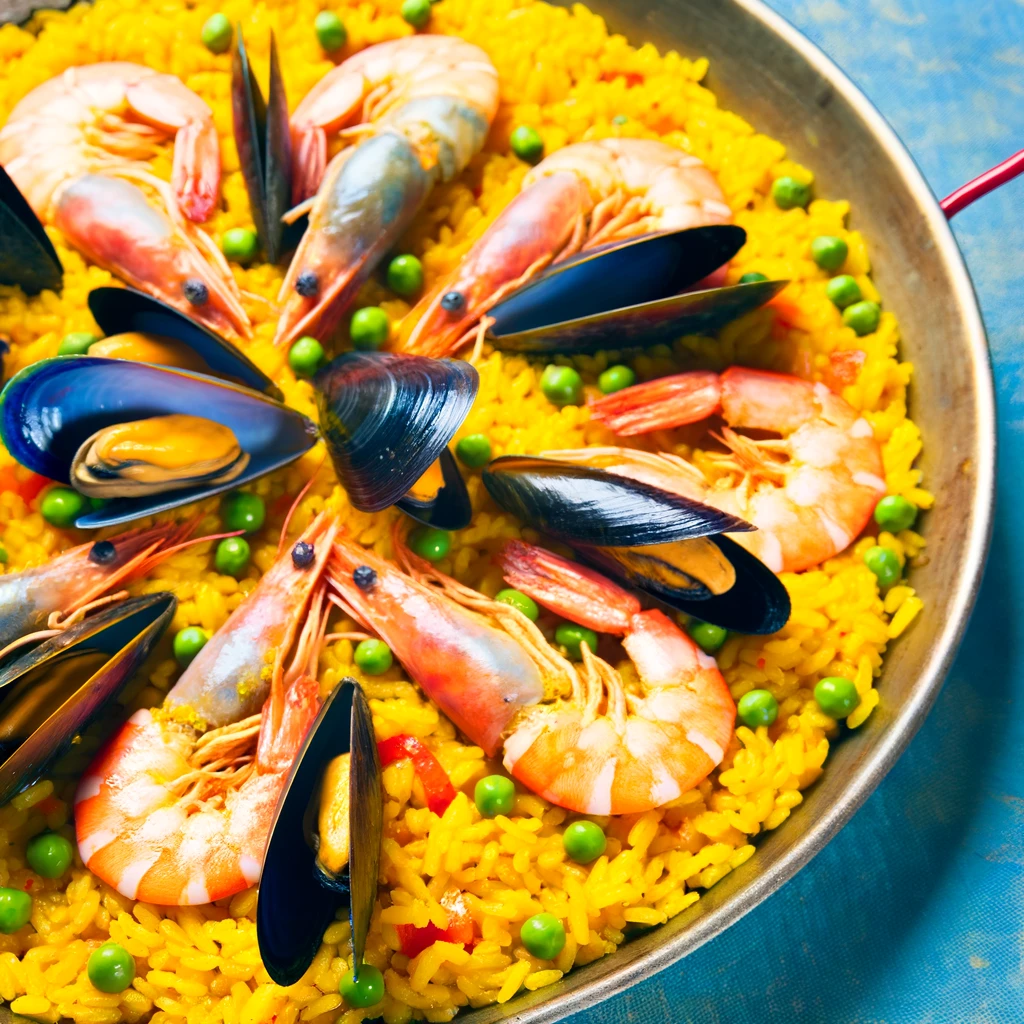Embark on a gastronomic exploration where the vibrant beats of salsa and the mystique of ancient civilizations blend into a cornucopia of flavors and textures. South American cuisine is a tapestry rich with indigenous, African, and European threads, each stitch representing a staple that tells the story of a continent’s culinary evolution. This journey takes us beyond the familiar taco to the heart of South American staples that have seasoned the pots of history and seasoned the global palette.
Introduction: Unveiling the Rich Tapestry of South American Flavors
South American staples are the cornerstone of a culinary tradition steeped in history, culture, and diversity. These foods have shaped and been shaped by numerous peoples and their practices, traversing oceans and borders to find new homes in distant lands.
Arepas: The Versatile Venezuelan and Colombian Treasure
One cannot speak of South American staples without the arepa, a dish as versatile as the continent itself. Originating from the indigenous tribes of Venezuela and Colombia, the arepa has become a symbol of national pride and a daily dietary staple. Made from ground maize dough, this humble yet nutritious patty is a canvas for an array of fillings, from the simplest cheese to the heartiest meats and vegetables.
Feijoada: Brazil’s Black Bean Bounty
Sailing across the continent to Brazil, the feijoada is a robust stew that epitomizes the fusion of African and Portuguese influences. A slow-cooked melange of black beans, pork, and an assortment of meats, feijoada is more than a meal—it’s a celebration of resilience and community, often reserved for weekends to savor with family and friends.
Quinoa: The Ancient Incan Superfood
High in the Andean mountains, the Incas cultivated quinoa, a grain so revered they deemed it the “mother of all grains.” Today, quinoa’s high nutritional value has earned it the title of superfood, embraced by health enthusiasts worldwide. It’s a testament to how South American staples have not only endured but thrived in the modern age.
Empanadas: The Stuffed Sensation That Conquered the Continent
Empanadas are the quintessential portable meal, with each South American country boasting its own version. These stuffed pastries hold within their flaky exterior a myriad of flavors—beef, chicken, cheese, and more. From the Argentine pampas to the Chilean coast, empanadas have traversed diverse landscapes, embedding themselves into the fabric of each locale’s cuisine.

Chimichurri: Argentina’s Gift to the Grilling World
No Argentine asado (barbecue) would be complete without chimichurri. This piquant sauce, with its mix of parsley, garlic, vinegar, and oil, is the perfect accompaniment to grilled meats. Its simple yet bold flavors have captured the palates of grillmasters worldwide, proving that South American staples can elevate global cuisines.
Pisco Sour: Peru’s Potent Potion
The Pisco Sour, a cocktail that blends pisco—a grape brandy—with lime juice, syrup, egg white, and bitters, is more than a drink; it’s a cultural icon. Its frothy top and tangy taste have become synonymous with Peruvian pride, making it an ambassador for South American spirits.
Conclusion: A Feast That Knows No Borders
The influence of South American staples extends far beyond the continent’s geographical confines. They are a testament to the dynamic nature of food, its ability to adapt, and its power to connect us across time and space. As we savor these staples, we partake in a feast that knows no borders—a feast that continues to evolve, inspire, and remind us of our shared humanity.



